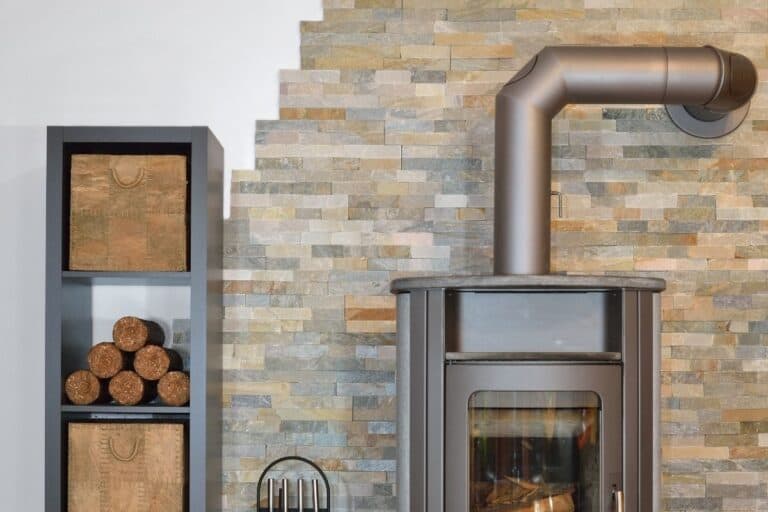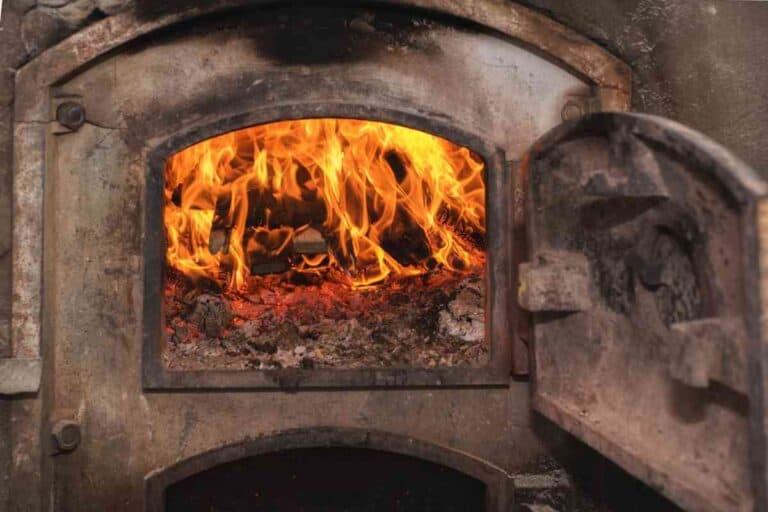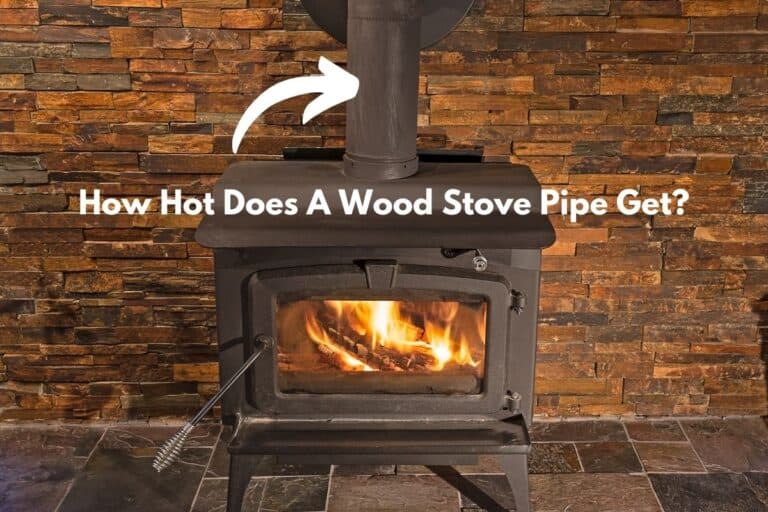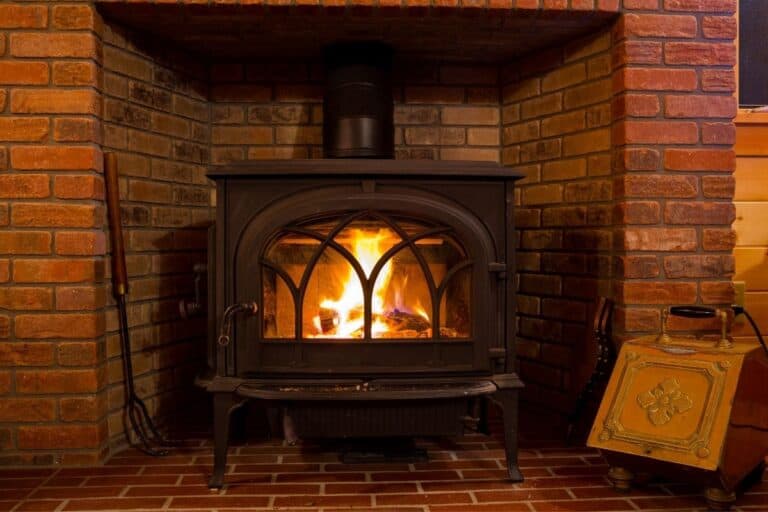Wood Burning Stove Thermometer Magnetic – A Must-Have for Efficient Heating
Heating homes with wood-burning stoves has been a practice cherished for its efficiency and nostalgic charm. However, as with any heating method, safety and efficiency are paramount. This is where the role of a wood-burning stove thermometer, particularly the magnetic variety, becomes indispensable.

Check out our related articles like Can a wood stove go bad and the ultimate guide to Choosing a new wood stove.
What’s the best magnetic wood stove thermometer?
The best magnetic wood stove thermometer is the “Wood Stove Thermometer Magnetic by Xmasneed.” It stands out for its exceptional build quality, precision in measuring temperatures, and a distinctive golden needle design. Despite a few cons, its accuracy and durability make it a top choice for ensuring stove safety and efficiency.
If you’ve ever wondered how to ensure your stove operates at its best, you’re not alone. Dive deeper into this guide to discover the significance of monitoring stove temperatures and how to select the perfect thermometer for your needs.
Key Takeaways:
- Monitoring wood-burning stove temperatures is vital for safety.
- Thermometers vary: magnetic, analog, digital, surface, and flue pipe.
- Accuracy is crucial; choose certified thermometers.
- Top Recommendation: Wood Stove Thermometer Magnetic by Xmasneed.
- Consider accuracy, design, and durability when buying.
The Importance of Monitoring Stove Temperature
A wood-burning stove, while a wonderful source of heat, can be unpredictable. The temperature can fluctuate based on the type of wood used, the age of the stove, and external factors like room temperature. Monitoring the stove’s temperature ensures that it’s operating within a safe and efficient range. An overheated stove can be a fire hazard, while an underheated stove may lead to incomplete combustion and increased smoke.
Diving into the Types of Thermometers
Understanding the types of thermometers available can help you make an informed choice:
- Magnetic vs. Non-magnetic: Magnetic thermometers are designed to stick to the metal surface of the stove, ensuring they stay in place. Non-magnetic ones might require a separate method of attachment.
- Analog vs. Digital: Analog thermometers use traditional methods to display temperature, often with a needle pointing to the current temperature. Digital thermometers provide a digital readout, which some users find easier to read.
- Surface vs. Flue pipe: The placement of the thermometer can affect its readings. Surface thermometers measure the temperature of the stove’s top, while flue pipe thermometers gauge the temperature of the exhaust, giving an indication of combustion efficiency.
Your choice should be influenced by your stove’s design and your personal preferences. For instance, flat-topped stoves are best paired with surface thermometers, while stoves with vertical flue pipes are more compatible with flue pipe thermometers.
The Imperative of Accuracy
A thermometer’s primary job is to provide accurate readings. Inaccurate readings can be misleading and dangerous. For instance, if a thermometer under-reports the temperature, you might unknowingly overheat the stove. It’s crucial to invest in a thermometer that’s been certified for accuracy by reputable organizations, such as the National Institute of Standards and Technology (NIST).
Spotlight Review: Magnetic Wood Stove Thermometer by Xmasneed
Among the myriad of thermometers available, the Wood Stove Thermometer Magnetic by Xmasneed has garnered attention for its blend of functionality and durability.
Pros:
- Build Quality: Crafted with top-notch materials like an aluminum dial and brass pointer, ensuring longevity.
- Precision: Capable of measuring temperatures from 100 to 900 °F with commendable accuracy.
- Design: The distinctive golden needle is not just aesthetic but enhances visibility.
Cons:
- Potential to scratch the stove’s surface if frequently repositioned.
- Absence of a protective cover, leaving the needle exposed.
- Its design, while functional, lacks advanced features seen in some competitors.
While it has its cons, the Xmasneed thermometer remains a reliable choice for those prioritizing accuracy and durability.
Comprehensive Buying Guide
Selecting the perfect thermometer involves considering several factors:
- Accuracy: This should be non-negotiable. A deviation of 10-20 degrees Fahrenheit is acceptable, but anything more can be problematic.
- Temperature Range: Ensure the thermometer can cover the typical operating range of your stove, which is usually between 100-900 degrees Fahrenheit.
- Design and Usability: A magnetic thermometer offers convenience. Additionally, a clear, legible display can make monitoring easier.
- Durability: Given the high-temperature environment, the thermometer should be robust. Materials that resist warping or melting are ideal. A warranty can also be indicative of the manufacturer’s confidence in the product.
Conclusion
The world of wood-burning stoves is one of warmth and tradition. However, modern safety standards necessitate the use of tools like thermometers to ensure that this age-old heating method is both safe and efficient. When selecting a thermometer, prioritize accuracy and durability. With the right tools and knowledge, you can enjoy the cozy warmth of your wood-burning stove with peace of mind.







